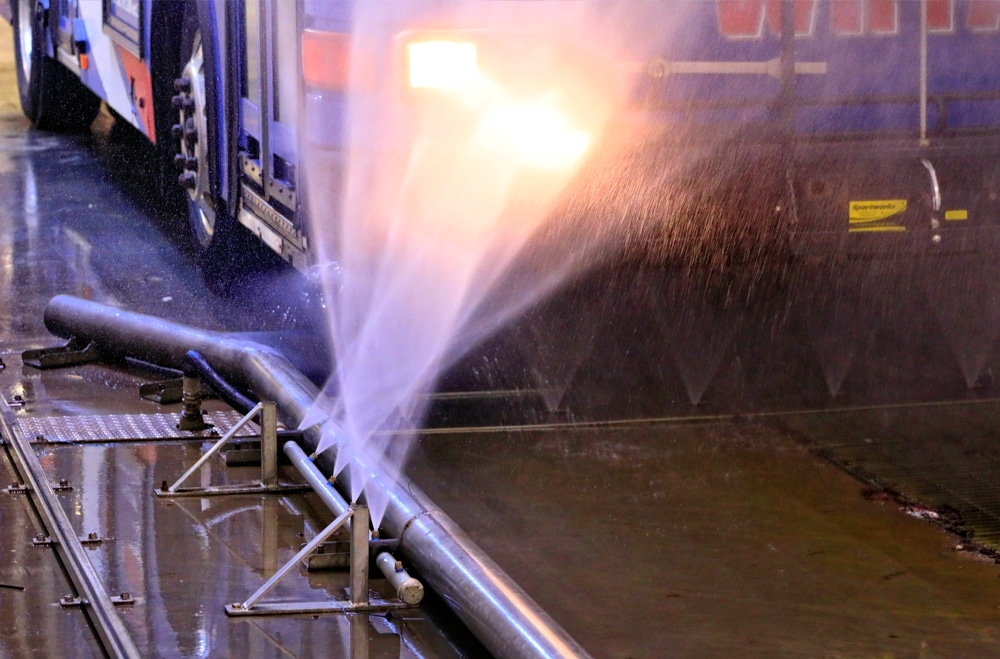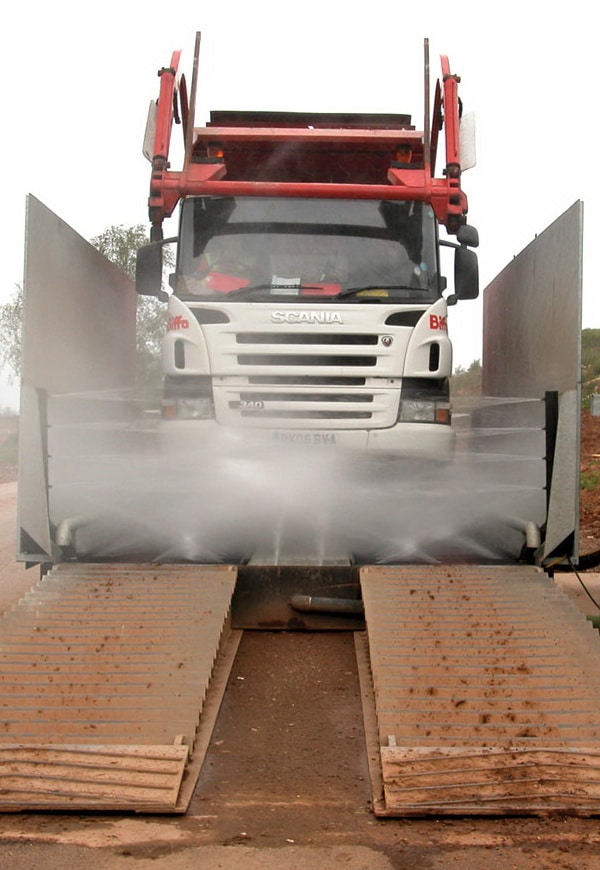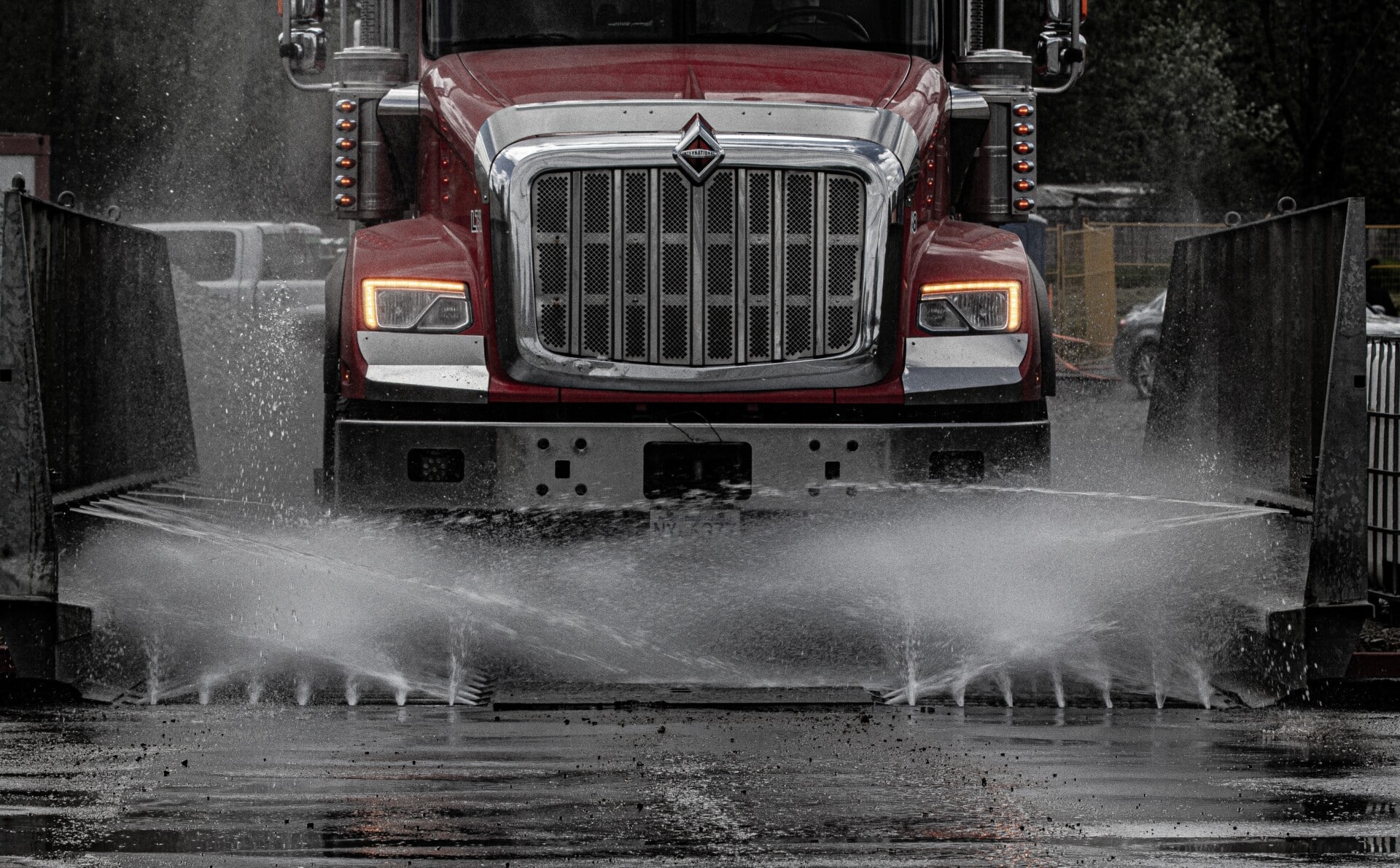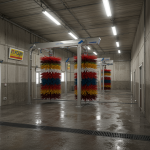Are you tired of dealing with dirt, grime, and rust on your vehicle’s undercarriage? Look no further. This ultimate guide will take you through the different types of automatic undercarriage chassis washes, helping you maintain a spotless vehicle undercarriage without breaking a sweat.
When it comes to keeping your vehicle in top-notch condition, regular maintenance is key. And that includes taking care of the undercarriage. With automatic undercarriage chassis washes, you can ensure that every nook and cranny of your vehicle’s undercarriage is thoroughly cleaned. But with so many options available, how do you choose the right one?
In this comprehensive guide, we will explore the different types of automatic undercarriage chassis washes and their benefits. From touchless systems to high-pressure sprays, we will break down the pros and cons of each method, so you can make an informed decision.
By the end of this guide, you’ll have all the information you need to keep your vehicle’s undercarriage spotless and corrosion-free. Say goodbye to dirty undercarriages and hello to a pristine ride. Let’s dive in!
Importance of maintaining a spotless vehicle undercarriage
When it comes to vehicle maintenance, most people focus on the exterior and interior cleanliness, often neglecting one crucial area—the undercarriage. The undercarriage of a vehicle is exposed to various elements like dirt, salt, and debris, which can lead to rust, corrosion, and mechanical issues if left unattended. Maintaining a spotless vehicle undercarriage is essential not only for aesthetic purposes but also for the longevity and optimal performance of your vehicle.
A clean undercarriage helps prevent the buildup of dirt, grime, and salt, which are notorious for causing rust and corrosion. Rust can weaken the structural integrity of your vehicle, leading to costly repairs or even compromising your safety on the road. Additionally, a clean undercarriage allows for better airflow and cooling, preventing overheating of critical components. By regularly cleaning your undercarriage, you can extend the lifespan of your vehicle and save on potential repair costs.
The role of automatic undercarriage chassis washes
Traditional car washes often focus on cleaning the exterior of the vehicle but may neglect the undercarriage. This is where automatic undercarriage chassis washes come into play. These specialized wash systems are designed to target and clean the hard-to-reach areas underneath your vehicle, ensuring a thorough and effective cleaning process.
Automatic undercarriage chassis washes utilize various techniques to remove dirt, grime, and other contaminants from the undercarriage. These wash systems are equipped with specialized nozzles, brushes, and high-pressure sprays that can reach every nook and cranny of your vehicle’s undercarriage. By choosing the right type of automatic undercarriage chassis wash, you can effectively maintain a spotless undercarriage without the hassle of manual cleaning.

Types of automatic undercarriage chassis washes
- Brush-based automatic undercarriage chassis washes
Brush-based automatic undercarriage chassis washes are a common type of wash system found in many car wash facilities. These systems utilize rotating brushes that come into contact with the undercarriage of your vehicle, scrubbing away dirt and grime. The brushes are typically made of soft bristles to prevent damage to the undercarriage.
One of the advantages of brush-based washes is their ability to remove stubborn dirt and debris effectively. The brushes can reach tight spaces and dislodge stuck-on particles, leaving your undercarriage clean and free from contaminants. However, it’s important to note that brush-based systems can potentially cause scratches or damage to sensitive components if not properly maintained or if the brushes are worn out. Regular inspection and replacement of brushes are necessary to ensure optimal performance and prevent any potential damage.
- High-pressure water-based automatic undercarriage chassis washes
High-pressure water-based automatic undercarriage chassis washes rely on powerful jets of water to clean the undercarriage. These systems use high-pressure nozzles that spray water at a significant force, effectively removing dirt, mud, and other debris. The force of the water can dislodge even the toughest contaminants, leaving your undercarriage spotless.
One of the advantages of high-pressure water-based washes is their ability to clean without direct contact, minimizing the risk of potential damage to sensitive components. The force of the water jets can reach even the most hidden areas of the undercarriage, ensuring a thorough cleaning process. However, it’s important to be cautious with the water pressure used, as excessive pressure can potentially damage vulnerable parts like brake lines or electrical connections. Adjusting the water pressure according to the specific needs of your vehicle is crucial to prevent any harm.
- Chemical-based automatic undercarriage chassis washes
Chemical-based automatic undercarriage chassis washes utilize specially formulated cleaning agents to dissolve and remove dirt, grime, and rust. These systems typically combine the use of chemical sprays and high-pressure water to effectively clean the undercarriage. The cleaning agents are designed to break down tough contaminants, making it easier to rinse them away.
One of the advantages of chemical-based washes is their ability to tackle rust and corrosion effectively. The specialized cleaning agents can penetrate rusted areas and help prevent further corrosion, extending the lifespan of your vehicle’s undercarriage. However, it’s important to choose a reputable and high-quality cleaning agent to ensure its effectiveness and safety. Some chemicals can be harsh and may require proper handling and disposal to prevent environmental damage.
Pros and cons of each type of automatic undercarriage chassis wash
- Brush-based automatic undercarriage chassis washes:
Pros:
- Effective at removing stubborn dirt and debris.
- Able to reach tight spaces and dislodge stuck-on particles.
- Widely available in car wash facilities.
Cons:
- Potential to cause scratches or damage if not properly maintained.
- Brushes need regular inspection and replacement.
- May not be suitable for vehicles with sensitive undercarriage components.
- High-pressure water-based automatic undercarriage chassis washes:
Pros:
- Does not require direct contact, minimizing the risk of potential damage.
- Able to reach even the most hidden areas of the undercarriage.
- Provides a thorough cleaning process.
Cons:
- Excessive water pressure can potentially damage vulnerable parts.
- Water pressure needs to be adjusted according to the specific needs of the vehicle.
- May not effectively remove stubborn or rusted contaminants.
- Chemical-based automatic undercarriage chassis washes:
Pros:
- Effectively tackles rust and corrosion.
- Penetrates rusted areas and helps prevent further corrosion.
- Extends the lifespan of the undercarriage.
Cons:
- Choosing a reputable and high-quality cleaning agent is crucial.
- Some chemicals can be harsh and require proper handling and disposal.
- May not be as effective at removing dirt and debris compared to other methods.
Factors to consider when choosing an automatic undercarriage chassis wash
When selecting an automatic undercarriage chassis wash system, several factors should be taken into consideration:
- Vehicle type: Different vehicles may have varying undercarriage designs and sensitivities. Consider the specific needs of your vehicle and choose a wash system that is compatible and safe for your undercarriage.
- Cleaning effectiveness: Assess the effectiveness of the wash system in removing dirt, grime, and rust. Look for systems that have proven track records and positive customer reviews.
- Maintenance requirements: Consider the maintenance requirements of the wash system. Some systems may require regular inspections, brush replacements, or cleaning agent refills. Ensure that you are willing to commit to the necessary maintenance to keep the wash system functioning optimally.
- Cost: Evaluate the cost of the wash system, including initial installation, ongoing maintenance, and any additional expenses like cleaning agents or brush replacements. Compare the cost to the potential benefits and long-term savings from maintaining a spotless undercarriage.
- Accessibility: Determine the availability of the wash system in your area. Consider the convenience and accessibility of the wash facility and how frequently you can utilize the service.

Tips for maintaining a spotless vehicle undercarriage between washes
While automatic undercarriage chassis washes are effective in keeping your vehicle’s undercarriage clean, there are also steps you can take to maintain a spotless undercarriage between washes:
- Regular inspection: Periodically inspect your undercarriage for any signs of dirt, grime, or rust. Address any issues promptly to prevent further damage.
- Avoid driving through excessively dirty or muddy areas: Minimize exposure to excessive dirt and mud by avoiding areas that are known to be particularly dirty. If unavoidable, consider rinsing off the undercarriage with a hose as soon as possible.
- Rinse after driving on salted roads: Salt can accelerate rust and corrosion. After driving on salted roads, rinse off the undercarriage with water to remove any salt residue.
- Apply rust inhibitors: Consider using rust inhibitors or undercoating products to further protect your undercarriage from rust and corrosion. Follow the manufacturer’s instructions for optimal results.
- Regular maintenance: Follow your vehicle’s recommended maintenance schedule, including oil changes, lubrication, and inspection of undercarriage components. Regular maintenance can help prevent issues and ensure the optimal performance of your vehicle.

Conclusion: Choosing the right automatic undercarriage chassis wash for your vehicle
Maintaining a spotless vehicle undercarriage is crucial for the longevity and optimal performance of your vehicle. Automatic undercarriage chassis washes provide an effective solution for thoroughly cleaning the undercarriage without the hassle of manual cleaning. By understanding the different types of automatic wash systems, their pros and cons, and considering the specific needs of your vehicle, you can choose the right wash system to keep your undercarriage spotless and corrosion-free.
Remember to prioritize regular maintenance, inspections, and follow the recommended guidelines for maintaining a spotless undercarriage between washes. With proper care and the right wash system, you can enjoy a pristine ride and extend the lifespan of your vehicle’s undercarriage. Say goodbye to dirty undercarriages and hello to a spotless and corrosion-free driving experience.




